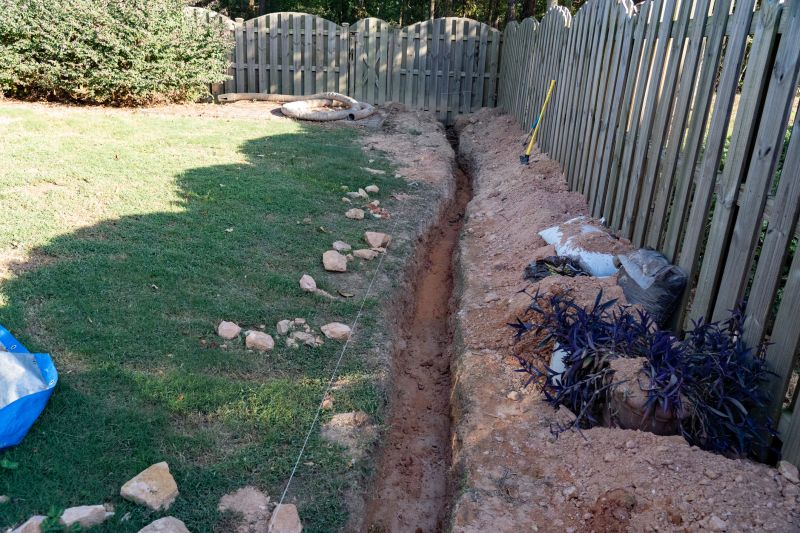Optimal Timing for Gradings in Projects
Gradings are a critical component in various industries, including construction, landscaping, and sports. They serve to assess progress, quality, and compliance with standards. The timing of these assessments can significantly impact project outcomes and operational efficiency.
Performing gradings during favorable weather conditions ensures accuracy and safety. Spring and early summer are often optimal for outdoor projects.
Gradings should be scheduled after initial groundwork but before final finishes to ensure proper assessment of foundational work.
Aligning gradings with regulatory submission deadlines prevents delays and ensures compliance with industry standards.
Scheduling during periods of high resource availability can reduce delays and optimize inspection processes.

Ways to make Gradings work in tight or awkward layouts.

Popular materials for Gradings and why they hold up over time.

Simple add-ons that improve Gradings without blowing the budget.

High-end options that actually feel worth it for Gradings.

Finishes and colors that play nicely with Gradings.

Little measurements that prevent headaches on Gradings day.

A 60-second routine that keeps Gradings looking new.

A frequent mistake in Gradings and how to dodge it.
| Optimal Timing Factors | Details |
|---|---|
| Weather Conditions | Perform gradings during dry, stable weather to ensure accuracy. |
| Project Schedule | Align with key project milestones for effective assessment. |
| Regulatory Deadlines | Schedule to meet inspection and compliance deadlines. |
| Resource Availability | Coordinate with available personnel and equipment. |
| Operational Impact | Minimize disruptions to ongoing operations. |
| Seasonal Timing | Spring and early summer are often ideal for outdoor work. |
| Environmental Factors | Avoid extreme weather that could compromise safety or quality. |
| Work Progress Stage | Complete foundational work before conducting gradings. |
Understanding the optimal timing for gradings helps ensure project integrity, safety, and compliance. Proper scheduling considers weather, project phase, resource availability, and regulatory requirements. These factors collectively contribute to successful project completion and quality assurance.

Small tweaks to make Gradings safer and easier to use.

Lower-waste or water-saving choices for Gradings.

The short, realistic tool list for quality Gradings.
Interested parties are encouraged to contact for more information about scheduling gradings. Proper timing ensures accurate assessments, safety, and project success. Filling out the contact form can facilitate planning and coordination for upcoming grading needs.


